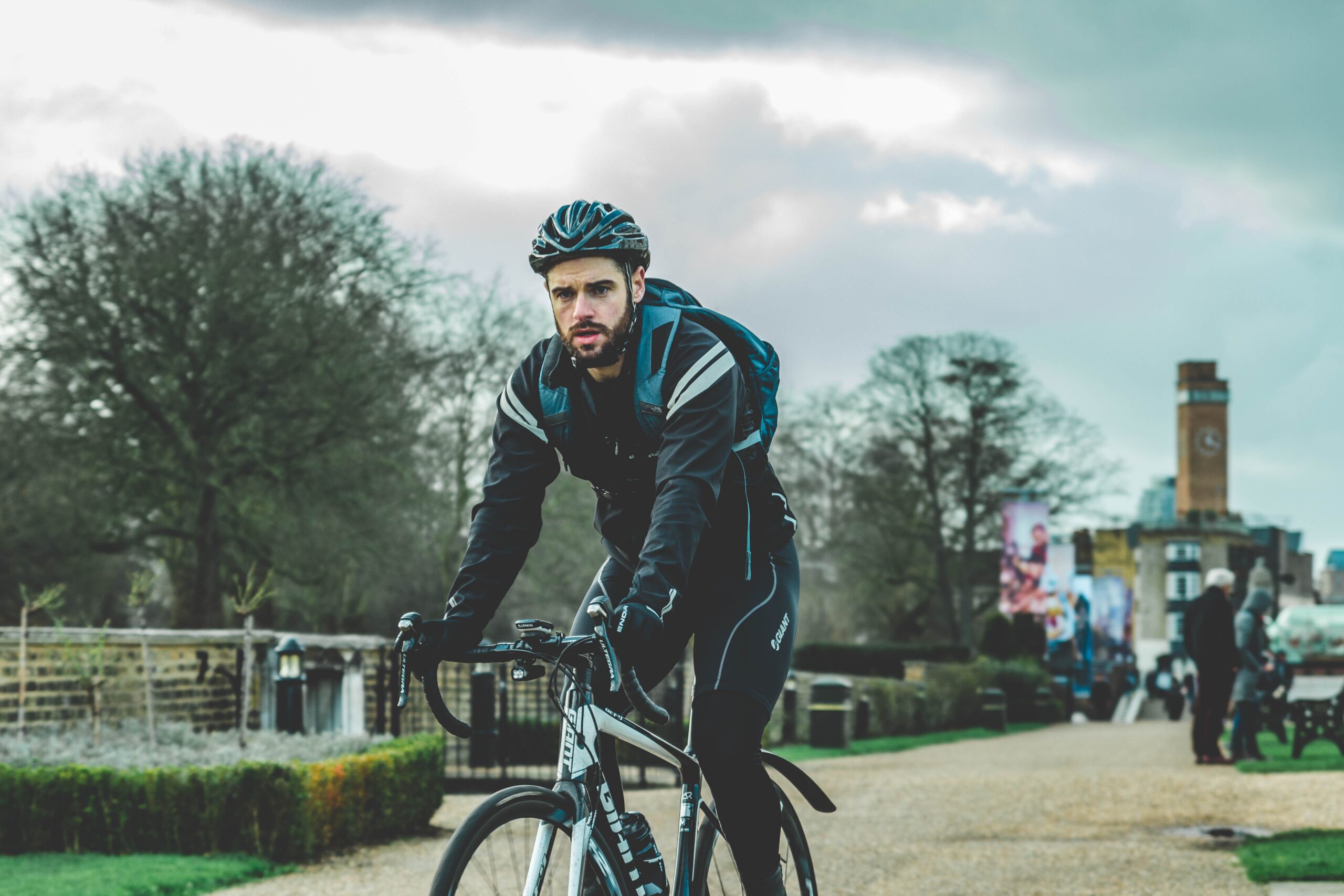For many athletes, time is valuable and scarce. We all know that for professional athletes to achieve their extraordinary levels of performance they must train full time. For amateurs we simply don’t have that luxury. What is worse is that many of us on a tight schedule know that a lack of training is where we are missing out on our potential. No matter how hard we train during the few sessions we have, it is simply not enough.
The good news is that our commute can be quite a productive time for us. While you may never quite get a focused training session completed during a commute you may be surprised what can be worked on. Typically the commute will cover either a run or cycle and may vary massively in length. Regardless there are some capabilities you may be able to progress using your commute.
- Base Miles
Base miles refer to low intensity, high volume of exercise. In order to get good aerobic development we must accumulate a significant amount of time in low intensity training zones. Performance or speed etc. cannot be a concern during these types of sessions. For this reason a commute can be an excellent way of building some low intensity volume in your week. Regular exposure to low intensity training stress can still yield great results. A 30 min cycle twice a day to and from work will result in 5hrs low intensity work per week. This is a great top up in volume especially in the early offseason phase.
- Fuel Utilization
When we train in a fasted state there is an upregulaton in oxidative enzymes and fat metabolization to meet energy demands. When training fasted and at low intensity, aerobic metabolism can lean towards using fats as fuel. Regularly training this way will help one become more efficient at using fat as a fuel source. Even at higher intensity and over longer durations the ability to conserve glycogen almost always has a positive effect on performance. Early morning work starts make this type quite convenient as they do not need to be particularly long sessions and they are better done at a very low intensity.
- Time on feet
With particular reference to running, frequent running will build resilience and resistance to injury. Many running injuries occur as a result of sudden increases in training volume. Frequent, short, easy runs are a nice way to slowly build running volume without needing to worry about pace or performance. A gentle run to work for 30mins two or three times a week can introduce volume without any major fatigue or breakdown. The gradual accumulation of volume will be massively beneficial later in the season when tougher sessions are introduced to your routine.
- Weight loss
Linked to tip number two, the commute can help an athlete with weight or fat reduction. Generally any reductions here need to be slow and gradual as to not negatively impact performance. Adding some volume through a commute can be an easy way to expend some calories without adding in complete or intense training sessions. If combined with a fasted approach you may be able to focus your fuel utilization on fat which over time can help reduce bodyfat levels if needed. Obviously this approach needs to be combined with a diet strategy but it can be an effective use of limited time.
- Drills
Many athletes have little quirks or inadequacies in their form which require corrective drills. In most cases, completing drills needs to be done in a relatively fresh state. When a tough session is planned, many athletes tend to rush through these drills to get to the meat of a session. The commute can be used to allocate drills their own time and to avoid the distraction of the more complex work which may come after. While you may want to stick to basic drills with traffic etc. you can easily increase the frequency of corrective drills by throwing simple ones into your commute. If nothing else they can help with the monotony of your daily route.
Depending on traffic and your route to work there are many options that can be worked in. The point is that this time adds up and can be used really well to get a training effect. While I focus on low intensity, harder efforts could also be used to make a short, sharp and intense session. Keep in mind there is a day of work ahead so this is not always something that’s a good idea as fatigue may affect work performance. The commute home may be a better time for this as long as you are fuelled for it.
Consider how you commute, the length and other factors like traffic and other commuters. Look at some of these options and see if they may be something that can be incorporated easily. The commute doesn’t need to be considered an essential training session but you can use the time to work on things and accumulate frequency and develop over time. As mentioned commute times add up and over months you may see quite a significant amount of volume has been completed on little training areas.
If you found this article useful then please share it with a friend. Don’t forget to sign up to our newsletter below so you don’t miss out on new articles.
[yikes-mailchimp form=”1″]
